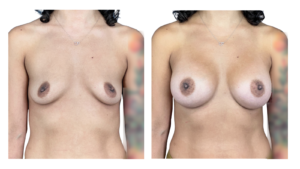Recent Posts
- it solution : Do You Really Need It? This Will Help You Decide!
- How business technology Changed How We Think About Death
- How to Create an Awesome software Video About Success Business
- Why the Biggest Myths About Business May Actually Be Right
- Meet Smashing Book New Frontiers In Web For Better Enge Tools Techniques.
Recent Comments
Archives
Categories
Recent News
-

Keep Your Business Safe Ensure High…
April 10, 2021 -

What’s the Holding Back the It…
April 11, 2021 -

This Week’s Top Stories About It…
April 11, 2021
Category
- Biggest (1)
- Business (4)
- it service (1)
- software (1)
- Uncategorized (1)
Popular Tag
Work Together
Bur wemust ipsum dolor sit amet consectetur adipisicing elit sed eiusmod tempor incididunt ut labore

On the other hande denounce with righteous indignation dislike beguiled and demoralized
- 1791 Yorkshire Circle Kitty Hawk, NC 27949


